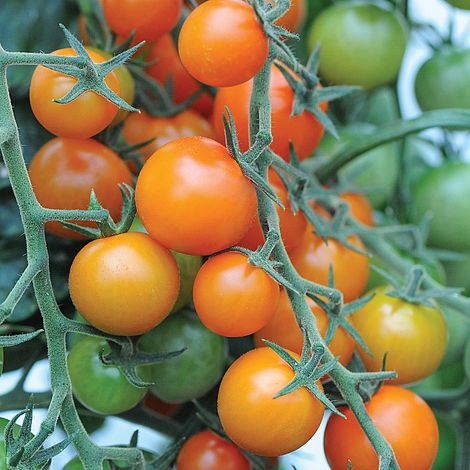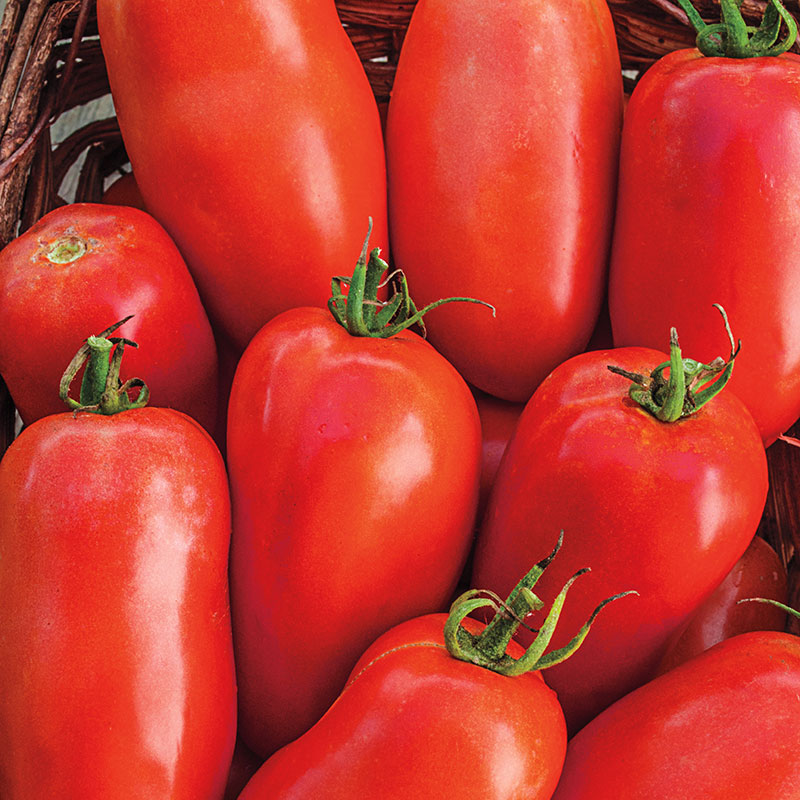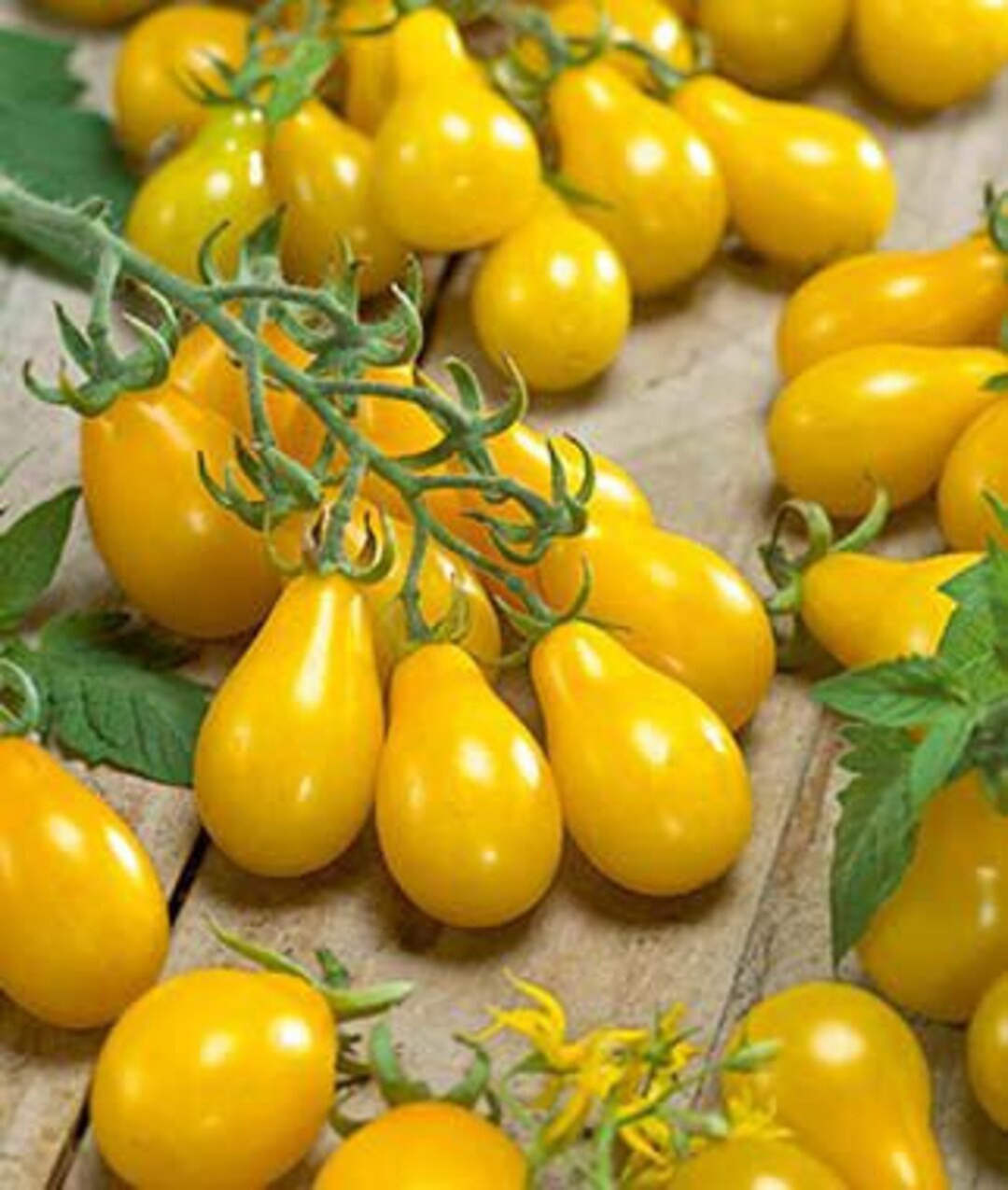Summer Tomato Seed Starting: A Stepbystep Guide
Summer Tomato Seed Starting: A Step-by-Step Guide
Growing your own tomatoes from seed is a rewarding experience. It's also a great way to ensure that you have the varieties of tomatoes that you love, and that they are free of pests and diseases.
If you're new to starting tomato seeds indoors, don't worry! It's a relatively simple process, and with a little planning and care, you'll be harvesting your own tomatoes in no time.
Here is a step-by-step guide to starting summer tomato seeds indoors:
Gather your supplies. You'll need a few basic supplies to start tomato seeds indoors. These include:
- Seed-starting mix
- Seed trays or pots
- Peat pellets or jiffy pots
- Heat mat (optional)
- Grow lights (optional)
- Watering can or spray bottle
- Popsicle sticks or labels
Choose your seeds. There are many different varieties of tomatoes to choose from, so take some time to decide which ones you want to grow. Consider the flavor, color, and size of the tomatoes that you like, as well as the climate in your area.
Prepare your seed-starting mix. Seed-starting mix is a lightweight, airy potting mix that is specifically designed for starting seeds indoors. It is important to use a sterile seed-starting mix to help prevent the spread of diseases.
Fill your seed trays or pots. Fill your seed trays or pots with seed-starting mix, leaving about 1/2 inch of space at the top. Firmly press the soil down so that it is level.
Plant your seeds. Sow your seeds according to the depth and spacing recommendations on the seed packet. Generally, tomato seeds should be planted about 1/2 inch deep and 1 inch apart.
Water your seeds. Lightly water your seeds with a spray bottle. Be careful not to overwater, as this can cause the seeds to rot.
Place your seed trays or pots in a warm, dark location. Tomatoes germinate best at temperatures of 70-85 degrees Fahrenheit. If you are not using a heat mat, place your seed trays or pots on a sunny windowsill.
Check your seeds daily. Keep an eye on your seeds and water them as needed. Once the seeds have germinated, you can move them to a brighter location.
Provide your seedlings with light. Once your seedlings have sprouted, they will need plenty of light to grow healthy and strong. If you do not have a sunny windowsill, you will need to provide them with artificial light. Grow lights are a good option for this.
Water your seedlings regularly. Keep your seedlings moist, but do not overwater them. Water them from the bottom of the pot, so that the soil does not become compacted.
Fertilize your seedlings. Once your seedlings have their first set of true leaves, you can start fertilizing them. Use a balanced liquid fertilizer, and dilute it to half strength. Fertilize your seedlings every two weeks.
Transplant your seedlings outdoors. When the weather has warmed up and the risk of frost has passed, you can transplant your seedlings outdoors. Harden off your seedlings for a week or two before transplanting them.
Water your tomatoes regularly. Once your tomatoes are planted outdoors, they will need regular watering. Water them deeply, so that the water reaches the roots.
Fertilize your tomatoes regularly. Continue to fertilize your tomatoes every two weeks with a balanced liquid fertilizer.
Protect your tomatoes from pests and diseases. Tomatoes are susceptible to a variety of pests and diseases. Keep an eye on your plants and take steps to prevent problems.
Harvest your tomatoes! When your tomatoes are ripe, you can harvest them and enjoy their delicious flavor.
Are you looking for summer season tomato seeds? If so, you've come to the right place! Garden Wiki offers a wide variety of high-quality tomato seeds that are perfect for growing in warm climates. Whether you're looking for a traditional red tomato or something more exotic, you're sure to find the perfect seed for your garden at Garden Wiki.
In addition to a wide selection of seeds, Garden Wiki also offers a wealth of information on growing tomatoes. Their blog posts and articles cover everything from choosing the right seeds to planting and caring for your plants. So whether you're a beginner or a seasoned gardener, you're sure to find the information you need at Garden Wiki.
So what are you waiting for? Visit Garden Wiki today to learn more about summer season tomato seeds and start growing your own delicious tomatoes!
FAQ of summer season tomato seeds
- What are the best summer season tomato seeds?
There are many different types of summer season tomato seeds available, so it's important to choose the right ones for your climate and growing conditions. Some popular varieties for summer include:
* Heatmaster: This variety is known for its heat tolerance and high yields.
* Solar Fire: This variety produces large, flavorful tomatoes that are resistant to pests and diseases.
* Summer Set: This variety is early-ripening and produces small, sweet tomatoes.
* Phoenix: This variety is resistant to heat, drought, and pests.
* Celebrity: This variety is a versatile all-rounder that produces large, flavorful tomatoes.
- When should I plant summer season tomato seeds?
The best time to plant summer season tomato seeds depends on your climate. In most areas, you can start seeds indoors 4-6 weeks before the last frost date. Once the weather has warmed up, you can transplant the seedlings outdoors.
- How do I care for summer season tomato plants?
Summer season tomato plants need full sun and well-drained soil. They should be watered regularly, especially during hot weather. You may also need to fertilize them every few weeks.
- What are some common problems with summer season tomato plants?
Some common problems with summer season tomato plants include:
* Early blight: This fungal disease causes brown spots on the leaves and stems of tomato plants.
* Late blight: This fungal disease causes the leaves of tomato plants to wilt and die.
* Tomato hornworms: These large caterpillars can eat the leaves and fruits of tomato plants.
* Spider mites: These tiny insects can suck the sap out of tomato plants, causing them to wilt and die.
* Fusarium wilt: This fungal disease causes the leaves of tomato plants to turn yellow and wilt.
- How can I prevent problems with summer season tomato plants?
There are a few things you can do to prevent problems with summer season tomato plants:
* Plant resistant varieties.
* Water regularly.
* Fertilize regularly.
* Inspect plants regularly for pests and diseases.
* Remove affected plants or plant parts.
Image of summer season tomato seeds
5 different images of summer season tomato seeds from Pinterest:
Sungold Tomato Seeds
 These are yellow cherry tomatoes that are known for their sweet flavor and prolific production. They are a great choice for summer gardens because they are heat-tolerant and can be grown in both containers and the ground.
These are yellow cherry tomatoes that are known for their sweet flavor and prolific production. They are a great choice for summer gardens because they are heat-tolerant and can be grown in both containers and the ground.Black Cherry Tomato Seeds
 These are dark purple cherry tomatoes that are also known for their sweet flavor. They are a bit more heat-sensitive than Sungold tomatoes, but they are still a good choice for summer gardens.
These are dark purple cherry tomatoes that are also known for their sweet flavor. They are a bit more heat-sensitive than Sungold tomatoes, but they are still a good choice for summer gardens.Beefsteak Tomato Seeds
 These are large, juicy tomatoes that are perfect for slicing and snacking. They are not as heat-tolerant as cherry tomatoes, but they can still be grown in summer gardens if they are given plenty of water and sun.
These are large, juicy tomatoes that are perfect for slicing and snacking. They are not as heat-tolerant as cherry tomatoes, but they can still be grown in summer gardens if they are given plenty of water and sun.Roma Tomato Seeds
 These are small, meaty tomatoes that are perfect for canning and making sauces. They are very heat-tolerant and can be grown in even the hottest summer gardens.
These are small, meaty tomatoes that are perfect for canning and making sauces. They are very heat-tolerant and can be grown in even the hottest summer gardens.Yellow Pear Tomato Seeds
 These are yellow, pear-shaped tomatoes that are known for their sweet flavor and juicy texture. They are a good choice for summer gardens because they are heat-tolerant and can be grown in both containers and the ground.
These are yellow, pear-shaped tomatoes that are known for their sweet flavor and juicy texture. They are a good choice for summer gardens because they are heat-tolerant and can be grown in both containers and the ground.
Post a Comment for "Summer Tomato Seed Starting: A Stepbystep Guide"